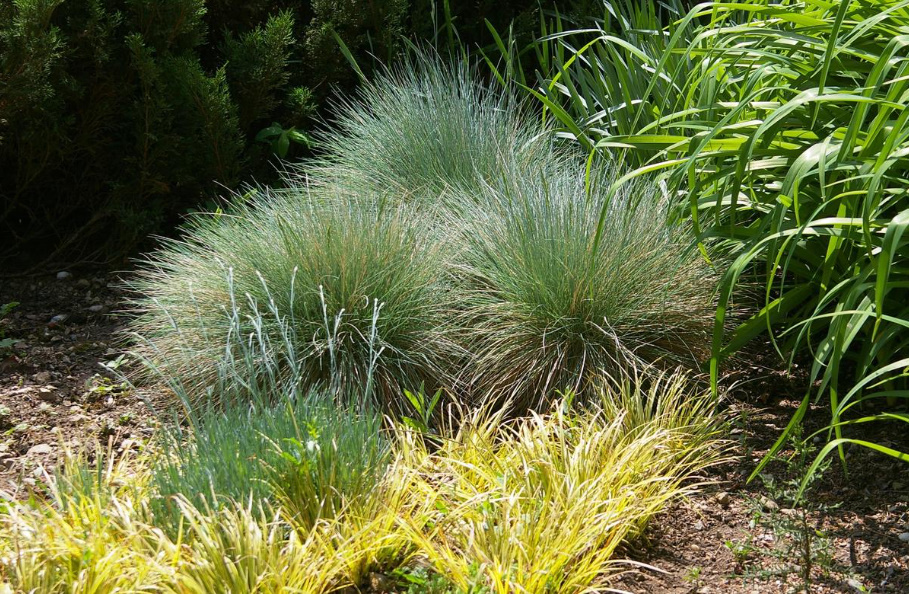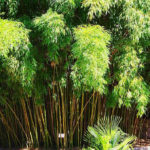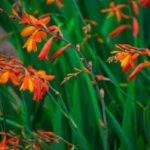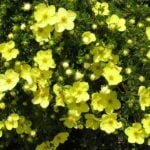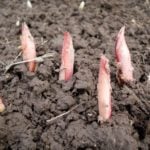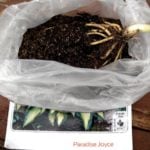Decorative cereals are loved by many summer residents. But often the lack of information about the speed of their growth, about the growing conditions becomes an obstacle to the desire to start them on the site. Therefore, today the topic of our conversation will be groundcover cereals from the Gramineae/Poaceae family, and plants similar to them.
All the species that will be discussed can be used for the design of trunk circles, planted in rockeries, near reservoirs.
In most of them, branching of shoots is observed only at the base, in the so-called tillering zone, which consists of closely connected nodes. In groundcover cereals, shoots go away from the main plant and form new bushes-bumps. Those grow further, eventually forming an over-ground cover. When planting, it is necessary to immediately limit the spread of such plants. This is not difficult to do: their roots are located at a depth of 5-7 cm, so it is enough to limit the curb tape.
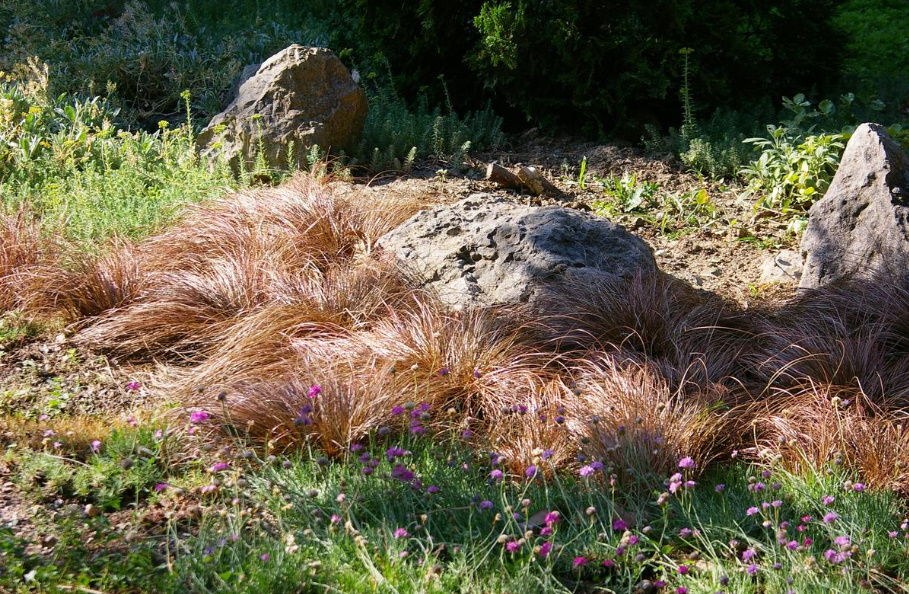
Groundcover cereals grow at different rates. For example, Sporobolus heterolepis will take 4-5 years, and Sesleria caerulea will give a good groundcover in 2 years. Taking into account this feature, the reference literature provides the required number of plants for planting per 1 m².
The rate of growth is influenced by:
- biological characteristics of the species, varieties;
- microclimate of a particular site — soil, wind, illumination;
- the size of the planting material.
There are high (more than 100 cm high) and low (up to 50 cm high) groundcover cereals. Miscanthus sacchariflorus, Glyceria, Phalaris arundinacea, syn. Phalaroides arundinacea, Spartina pectinata and others are popular among the first, but today we will not talk about them.
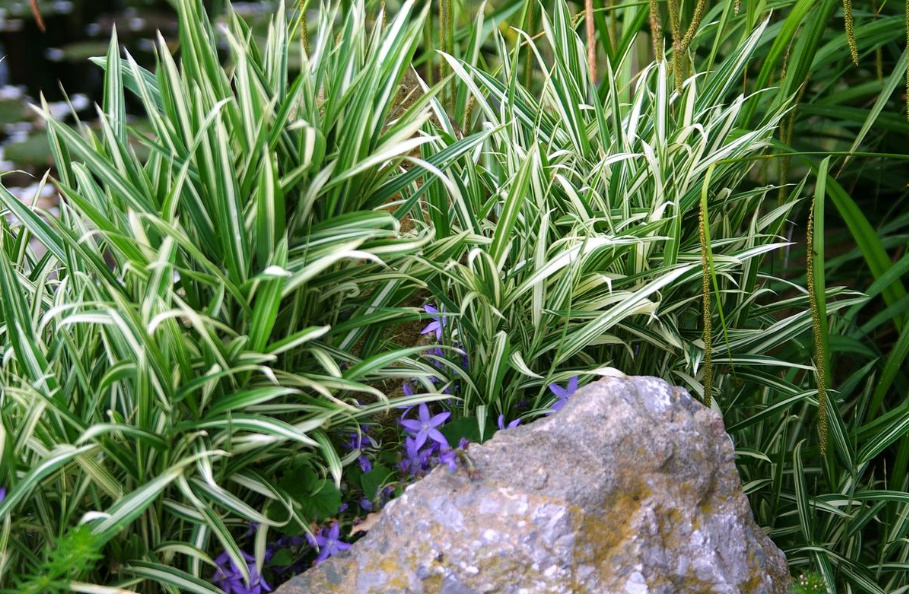
We are going to meet with the most spectacular and unusual representatives of low groundcover cereals. For most gardeners, they are more appropriate for a grassy surface and can be an alternative to a lawn along with other plants.
So that everyone can choose a candidate for their dacha, consider plants for different plots.
Groundcover cereals for sunny places
Their choice is quite diverse. Many of these cereals are real ascetics: they are quite drought—resistant and not demanding of soils (if only they are well drained).
Let’s start the review of applicants with Festuca, which have been widely spread in culture for a long time and have already managed to acquire cute varieties. When growing, problems usually do not arise, the only Achilles heel for drought—resistant Phalaris arundinacea is prolonged stagnant waterlogging, from which they can fall out (bleed out). In evergreen species, it is necessary to carefully comb out old leaves in the spring.
Festuca amethystina
Festuca amethystina is an evergreen cereal native to Central and Eastern Europe. Winter hardiness (according to USDA data) — zone 4.
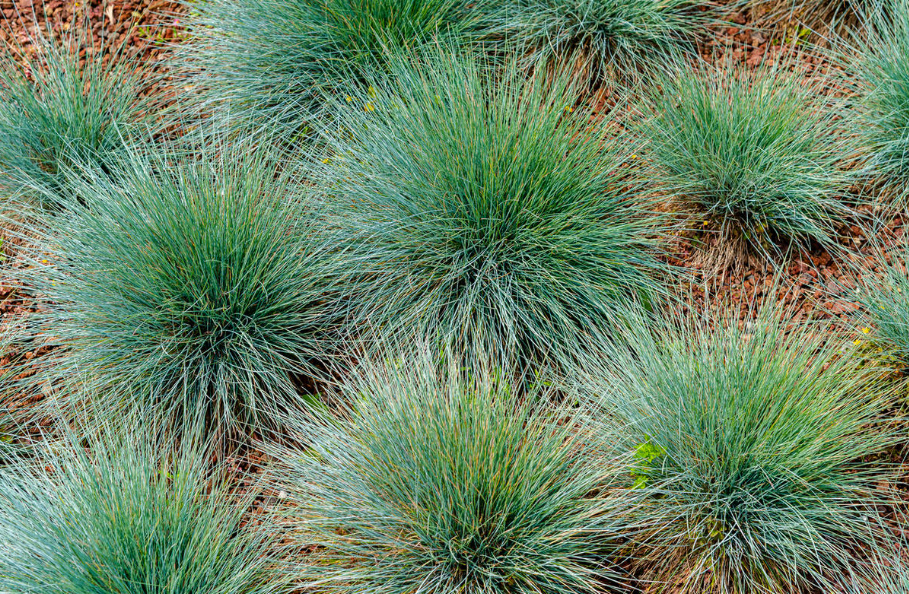
It forms a rounded hummock up to 45 cm high and 25 cm wide. Leaves up to 25 cm long, bright, from blue-green to gray-blue. He lives in one place for up to 10 years. Propagated by seeds or division. The planting density is 10 pcs. per 1 m².
Practical advice. To calculate the number of seedlings per unit area, it is necessary to know the diameter of an adult plant.
Festuca valesiaca
Festuca valesiaca is a dense grain native to Central Europe. Winter hardiness (according to USDA data) is zone 5.
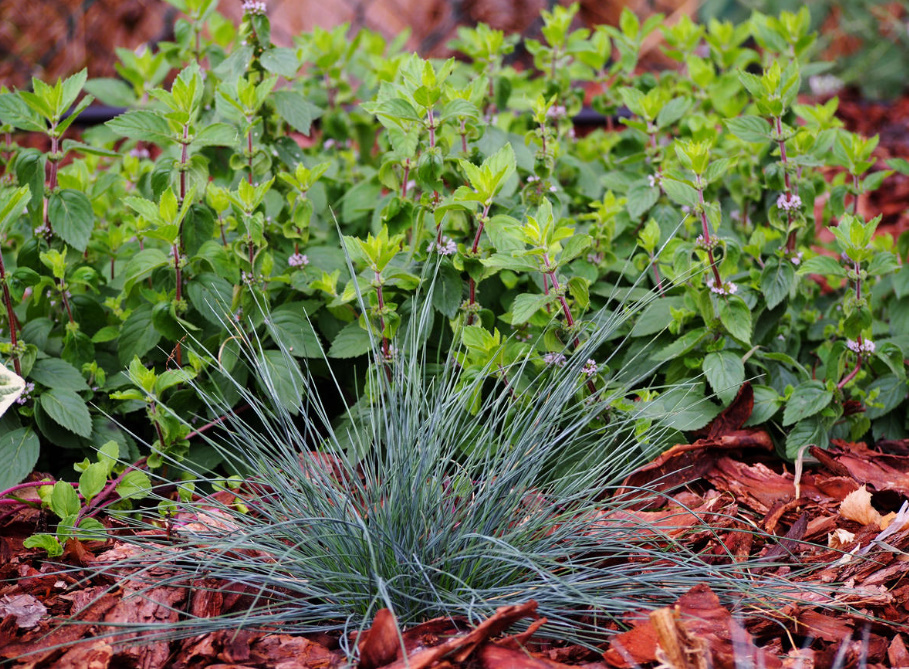
The adult plant is up to 50 cm tall and 45 cm wide . It is good in dry sunny places. It can grow up to 5 years in one place without loss of decorativeness. Planted on 1 m² up to 7-10 pcs.
Festuca scoparia
Evergreen Festuca scoparia is popularly called carpet fescue. She comes from the Pyrenees. Winter hardiness (according to USDA data) — zone 4.
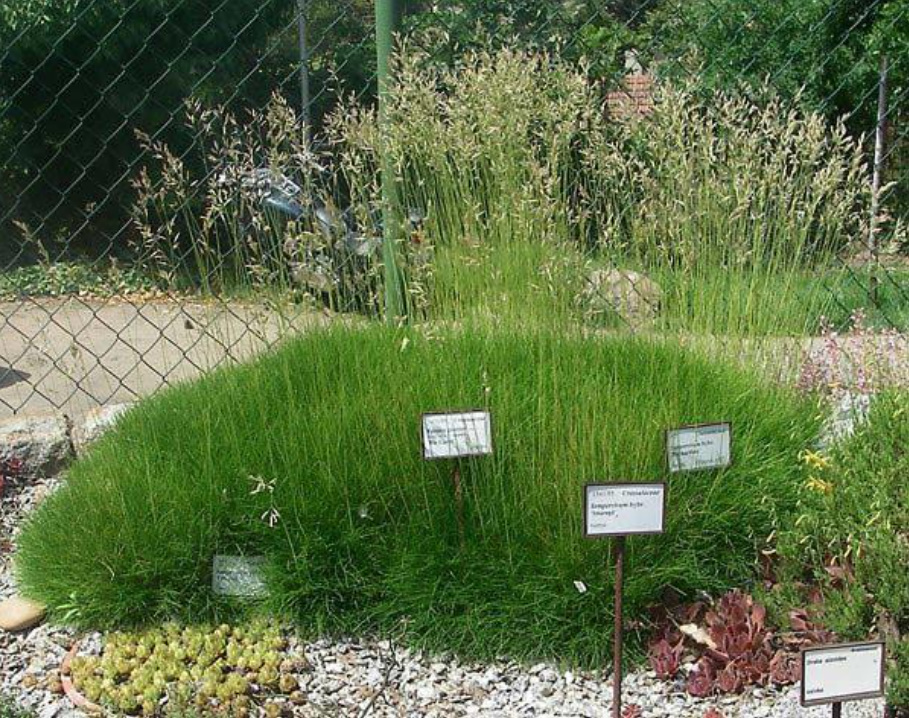
It forms rounded hummocks up to 15 cm high and 25 cm wide. The leaves are narrow, sharp, light green, directed in all directions. It is good on small sites, among stones. Propagated by dividing the bush. Planted on 1 m² up to 10 pcs.
Practical advice. First you have to weed out the weeds. After closing, overgrown plants will suppress the growth of competitors.
Festuca glauca
Festuca glauca is an evergreen perennial up to 30 cm tall and up to 25 cm wide. Winter hardiness (according to USDA data) is zone 4.
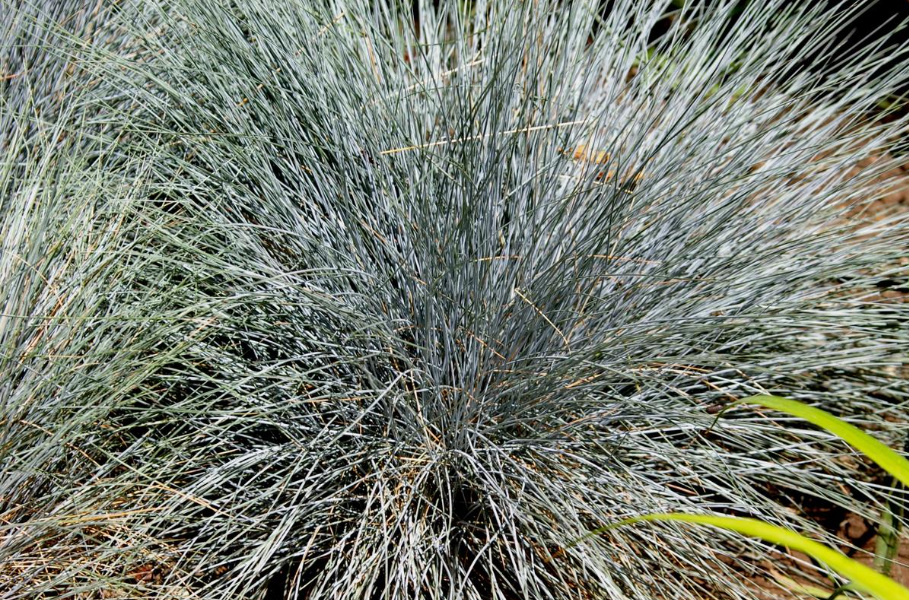
To preserve the decorative effect, it requires division every 3-4 years. 12 pieces are planted on 1 m² .
Practical advice. Most types of fescue do not like stagnant waterlogging and can ripen at the exit from winter. Therefore, the drainage device is mandatory.
Sporobolus heterolepis
Sporobolus heterolepis is an elegant cereal native to North America. Winter hardiness (according to USDA data) — zone 4.
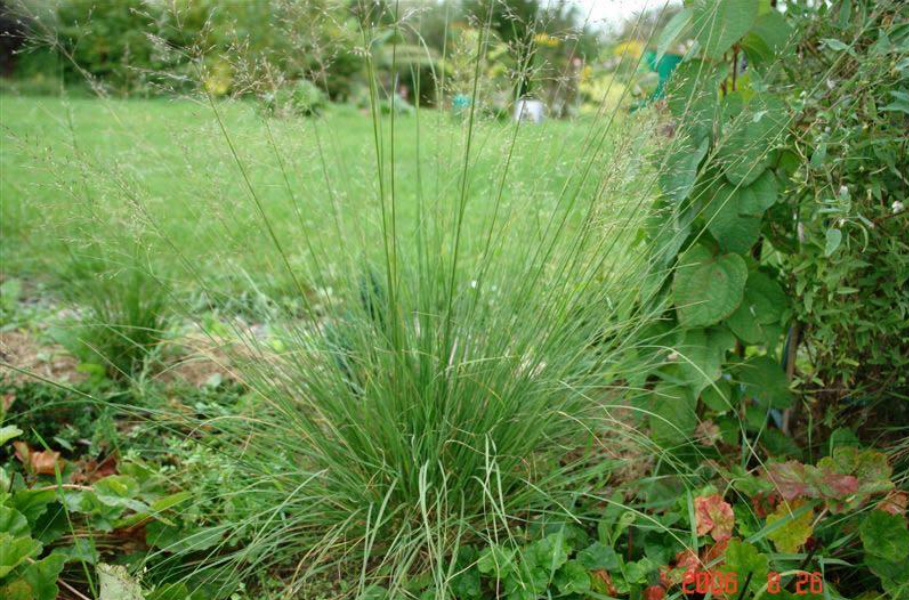
Forms a dense hummock 40 cm high . Despite the fact that it grows slowly and reaches a “marketable appearance” by 4-5 years, it is interesting as a groundcover plant. He lives in one place for a long time, up to 10 years, but subject to watering. It looks better on more fertile soils. Propagated by stratified seeds for 1 month, but division is hampered by both the density of the hummock and deep roots. Planted on 1 m² 2 pcs. During flowering (in August-September), it smells like fried corn.
Practical advice. If possible, before planting a large curtain of groundcover cereal that you have chosen, plant a few small specimens and watch for a while how they will feel in a particular place.
Groundcover cereals and the like for semi-shaded and shady places
The amazing plasticity of these plants allows us to find species that will feel great under trees and shrubs — in conditions where there is less light than in open areas. But keep in mind that they are more demanding of soil moisture. First of all, these are sprawling Carex species — representatives of the Cyperaceae family.
Carex morrowii
Carex morrowii is an evergreen perennial. Winter hardiness (according to USDA data) is zone 5.
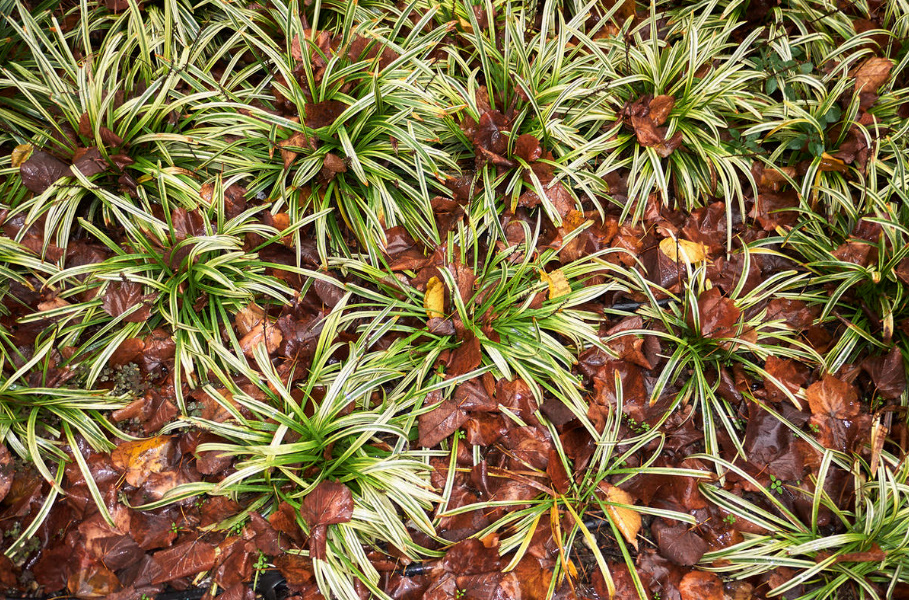
The bush is dense, 30 cm high and 40 cm wide, with a spreading rhizome. He needs watering. Planted on 1 m² up to 10 pcs. Variegate varieties are most often found on sale, for example:
- ‘Ice Dance’ — there is a thin white border along the edge of the leaves;
- ‘Evergold’ — with a creamy yellow stripe in the center of the sheet.
Carex siderosticta
Carex siderosticta is a rhizomatous perennial native to Japan, Korea, and China. Winter hardiness (according to USDA data) is zone 5.
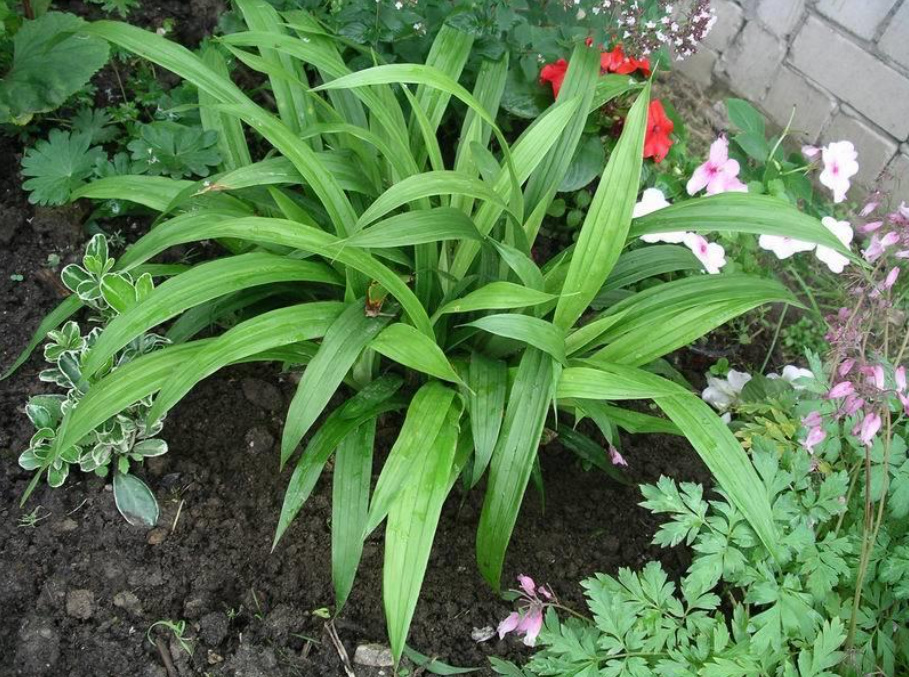
The bush is dense, 20 cm high and wide. Prefers almost full shade and moistened soils. 5 pieces are planted on 1 m².
Sesleria caerulea
Sesleria caerulea is an evergreen cereal native to Europe. Winter hardiness (according to USDA data) — zone 4.
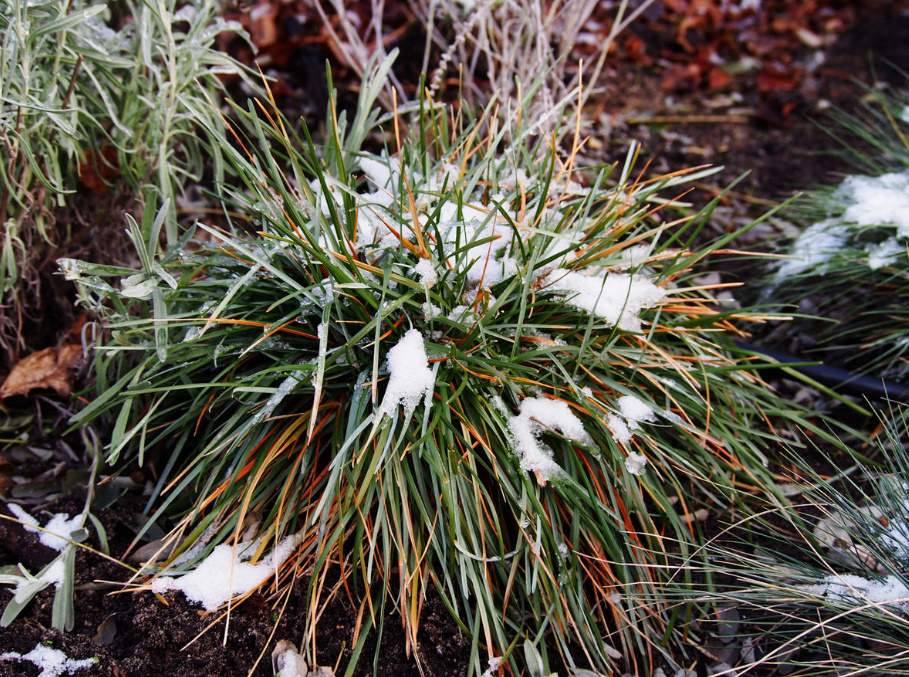
Forms a hummock up to 30 cm high and 25 cm wide . It grows well on any soil, even poor and calcareous, and not only in the shade, but also in the sun. Drought-resistant. Propagated by seeds, division. 7-10 plants are planted on 1 m².
Practical advice. To preserve the decorative effect of the flowerbed, it is good to have the same-age planting material in case of plant loss.
